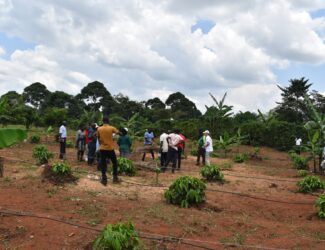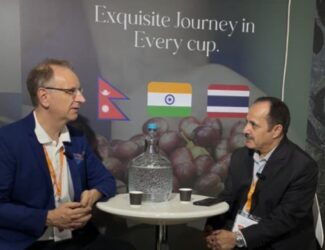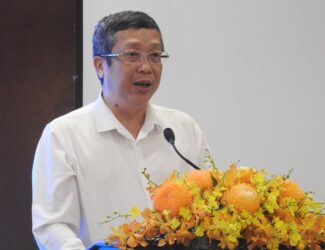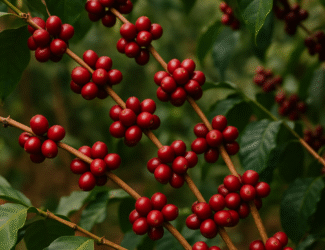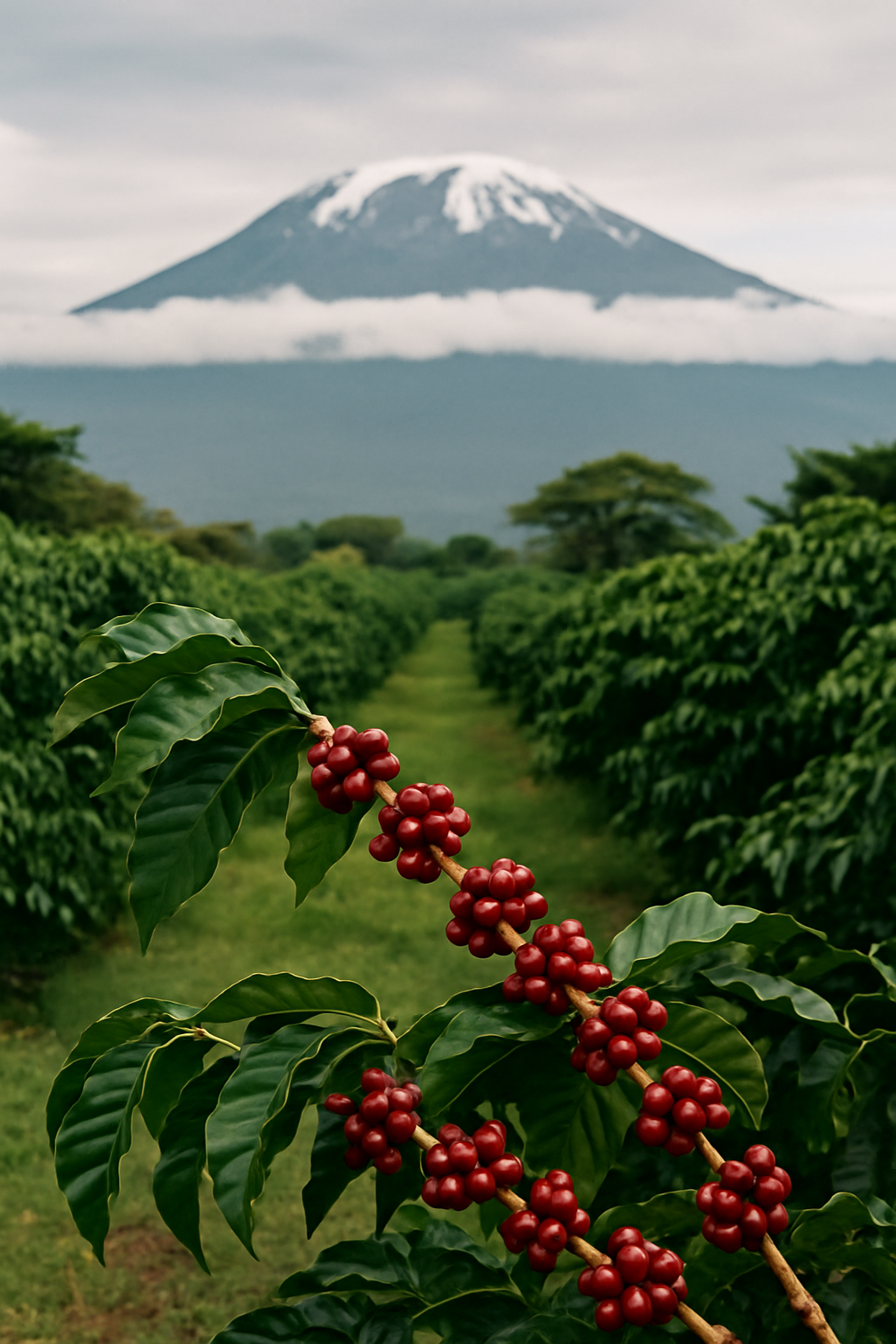
Tanzania Projects 1.45 Million Coffee Bags in 2025/2026 as Robusta Expands and EU Demand Leads Exports
Tanzania forecasts 1.45 million bags of coffee in 2025/2026. Robusta gains strength, exports grow to 1.37 million bags, while domestic consumption and EU trade shape future strategies.
The Coffee Annual Report – Tanzania 2025/2026, published by the U.S. Department of Agriculture on May 20, 2025, forecasts Tanzania’s total coffee production to reach 1.45 million 60-kg bags, up from 1.35 million the previous year. The increase is driven by favorable weather, ongoing farm rehabilitation, and strong international prices that continue to incentivize investment. Robusta production leads the growth, particularly in the northwest Kagera region, where new farms are emerging in districts like Ngara.
Tanzania’s cultivated coffee area is set to expand to 270,000 hectares in 2025/2026, though the harvested area remains stable at 265,000 hectares due to the maturity timeline of new plantings. While over 40% of Tanzanian farmers grow coffee—mostly on small plots averaging 0.63 hectares—the majority of trees are over 25 years old, highlighting the importance of replanting initiatives.
The country grows both arabica (60.9%) and robusta (39.1%). Arabica thrives in the northern highlands and southern regions such as Kilimanjaro, Mbeya, and Njombe, while robusta is cultivated mainly in Kagera, near Lake Victoria. The harvest season runs from July to October, with about 90% of total production generated by 320,000 smallholder farmers.
Increased rainfall, stable temperatures, and ongoing government-supported seedling distribution (25 million seedlings by end-2025) are helping rejuvenate aging farms. Additionally, robusta prices and market demand have encouraged farmers to expand and invest in fertilizers, tools, and better agricultural practices. Nonetheless, fertilizer use remains limited—only 40% of farmers in the north and south apply synthetic fertilizers, and just 2% in the west.
Fertilizer costs are high, with subsidized prices ranging from $23 to $28 per 50-kg bag as of September 2024. Since Tanzania imports 95% of its fertilizer, price volatility remains a constraint, especially for smallholders with limited capital. On average, farmers apply just one bag per hectare—far below recommended levels.
Coffee exports are forecast to grow to 1.37 million bags in 2025/2026, up from 1.26 million the prior year. Export momentum remains strong, supported by premium Tanzanian arabica, global price incentives, and improved capacity in production and marketing. The European Union continues to dominate as Tanzania’s largest export market, purchasing six times more green beans than the United States. Despite a decline from 749,000 bags in 2023 to 653,000 in 2024, the EU remains critical. Japan is the second-largest importer, followed by the United States, which has more than doubled its purchases over the past three years. China and India also show rising interest.
Tanzania’s soluble coffee exports—centered in Bukoba—are projected to remain stable at 10,000 bags, with destinations like Kenya, Turkey, and the EU showing varied but consistent demand. The export season peaks between December and February, with January 2025 seeing a high of 169,638 bags shipped.
On the domestic front, consumption is projected to grow to 85,000 bags, up from 77,000 the previous year. Urbanization, rising incomes, and government-led coffee promotion in cities like Dar es Salaam and Arusha are boosting demand. Low-cost coffee stalls and awareness campaigns aim to shift local preference away from tea, which remains the dominant beverage.
However, local consumption still lags significantly behind production due to high roasting costs, limited infrastructure, and cultural preferences. The government continues to encourage local roasting and brewing, but strong export demand keeps most production headed abroad.
Stocks are forecast to rise slightly to 51,000 bags, held primarily by cooperatives, exporters, and larger growers. Government policy efforts—guided by the Tanzania Coffee Industry Development Strategy (2020–2025)—focus on improving quality, expanding cultivation, and strengthening market access. In April 2025, a major Memorandum of Understanding with Corus International secured $30 million in funding to improve coffee quality, marketing, and farmer income.
Tanzania’s position as one of only three global producers of Colombian Mild Arabica—alongside Colombia and Kenya—remains a major asset. The country’s coffee sector has shown resilience amid climate challenges and market fluctuations. With rising production, expanding exports, and ongoing replanting initiatives, Tanzania’s coffee industry is poised to grow—provided it can address persistent input, infrastructure, and quality bottlenecks.
